Home > Blog > Lifestyle
Midlife is No Crisis for these Women
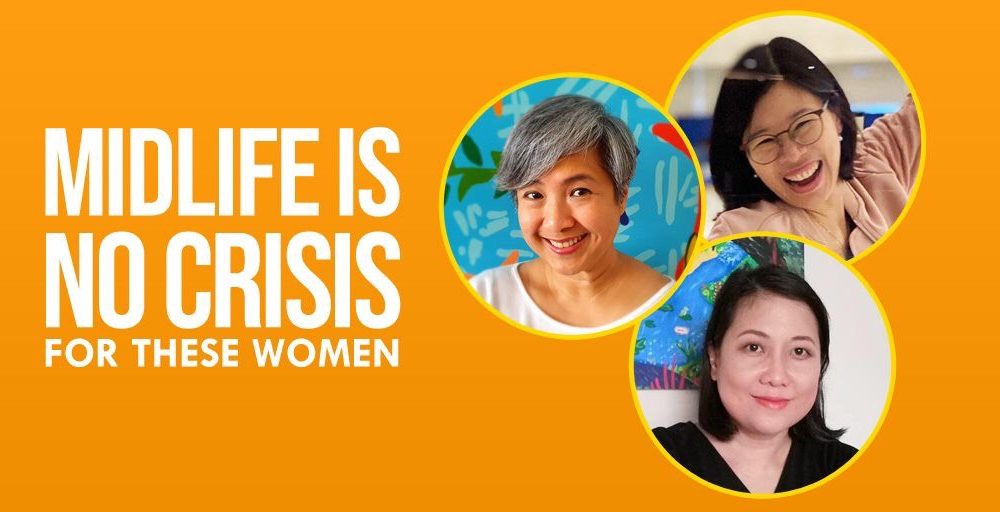
“Life really does begin at forty. Up until then, you are just doing research,” said Carl G. Jung, the celebrated Swiss psychiatrist who founded analytical psychology. Young people may find this observation ironic since the forty-something set is considered to be middle-aged— in the life stage past young adulthood, and at the brink of old age.
For women, perimenopause or the transition to menopause, which marks the end of the reproductive years, adds to the challenges of middle age. But beyond textbook definitions, what does it really mean to be a woman in her forties? Panahon TV sits down with a small group of women to know their thoughts on midlife.
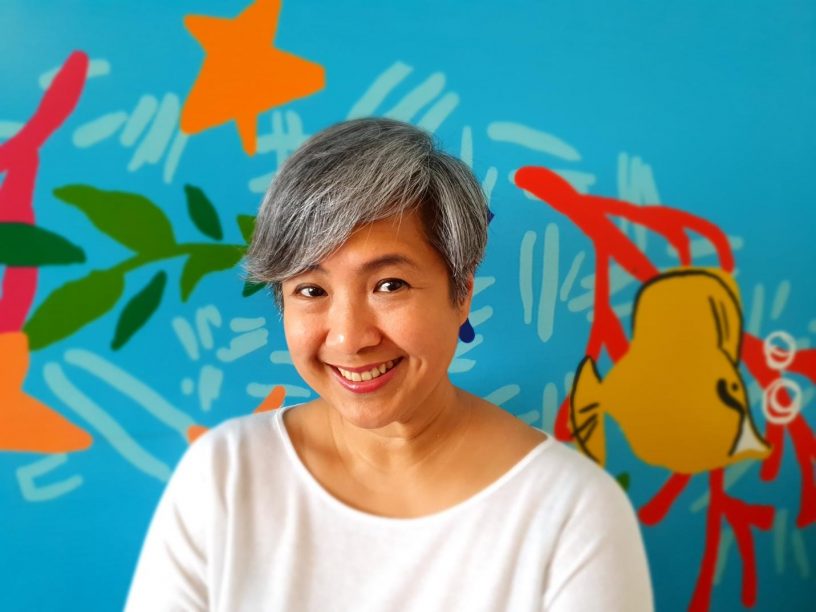 Anya Santos-Uy, 44, entrepreneur and a mother of two kids, including a toddler
Anya Santos-Uy, 44, entrepreneur and a mother of two kids, including a toddler
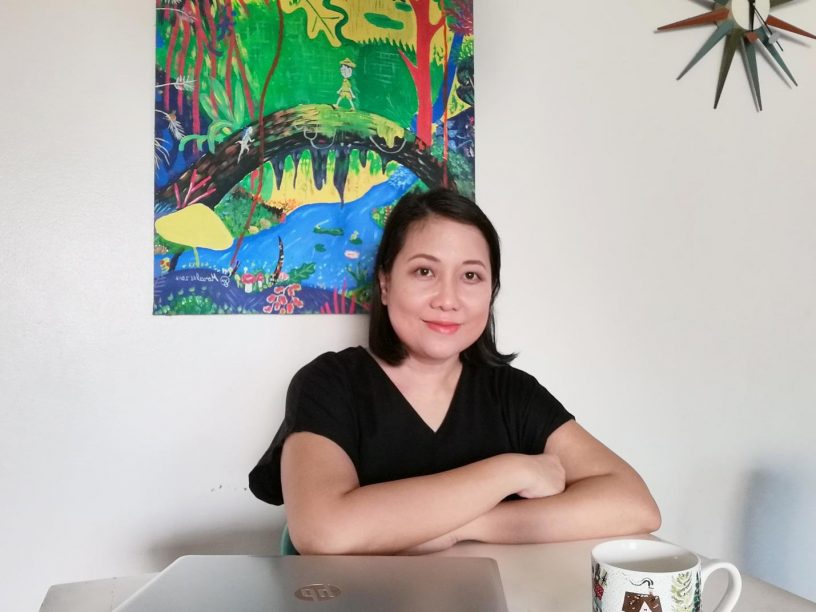 Rachelle Medina, 47, mom and former editor-in-Chief of Real Living
Rachelle Medina, 47, mom and former editor-in-Chief of Real Living
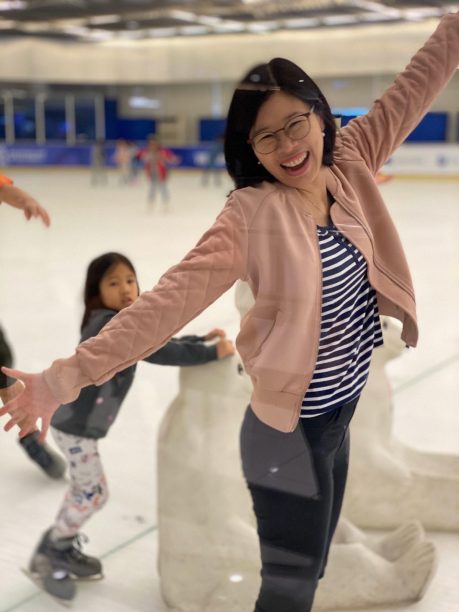 Ines Bautista-Yao, mom and recent master’s degree graduate
Ines Bautista-Yao, mom and recent master’s degree graduate
40 and aging
“When I was in my twenties, I couldn’t even imagine myself turning forty,” Rachelle confides. “My impression back then of being forty was having a lot of responsibilities—which was true—but not a lot of freedom, which was totally false.”
For Ines, forty seemed a lifetime away when she was in her twenties. “Forty was ancient. I guess it didn’t help that my lola was in her forties when I was born! So you can imagine that forties for me was my lola’s age!” Anya shares the same sentiment. “I lost my mother when I was 14, and she was 43. So I guess I thought people in their forties were old.”
But seeing forty as synonymous to aging is not without basis. In middle age, body functions begin to slow down, and the effects of long-term lifestyle choices, such as diet and stress management, take their toll on the body. Chronic health problems may reach their fruition, resulting in sickness or disability.
For Anya, the most dramatic change happened to her vision. “My eyesight went kaput! Everything I read seemed to be in a lovely dream-sequence kind of a blur.” Aside from worsening eyesight, Ines noticed the significant drop in her energy level.” I could feel that my body wasn’t as strong or as healthy as it used to be. I can’t eat as much as I used to. I can no longer do all-nighters and still function the next day. I sometimes have trouble sleeping when before, all I wanted to do was sleep.”
Understanding Midlife Crisis
According to Dr. Bec L. Yao, a psychotherapist, just the simple fact that middle age lies between young adulthood and old age may cause anxiety. “Once in midlife, one cannot go back to young adulthood, yet one is fearful of what aging holds. For some it is a crisis; for others it is a transition.” She adds that nowadays, people between the ages 38 to 65 are considered to be in midlife. “It is part of the developmental cycle of life. I would surmise that during our years as a young adult, we try to make it in this world— through our careers, getting married, raising a family. All these take a toll on a person. The rat race is simply that, a race, scampering about with just one purpose: to be a success in the world’s eyes! When one seems settled, one starts questioning … is it all worth it?”
Rachelle recounts the snags she hit in her career when she turned forty. “The title I was editor of for so long was ordered a complete redesign, and there were many points of contention with management. The team and I had to compromise, but the end result was fantastic.” But her midlife changes bled even into her personal life. “I was in the process of leaving a very abusive relationship, as well as moving to a new house and caring for my son on my own. I was dealing with the roller-coaster emotions that came with those upheavals. It was like I was shedding skin—it was painful and difficult, but absolutely necessary in order to survive and move on.”
Anya, who’s been coloring her premature grays since she was a teenager, recently decided to ditch the dye. “At first, I was just curious to see how much of my hair was white. Then I decided just let it be because of the hassle of coloring every few weeks, not to mention the risk of chemicals, and the cost.” To keep up with her kids, Anya makes sure to exercise and eat healthy. “But maybe another challenge is not to be losyang and be mistaken for their grandmother?” she quips.
Forty-fied
Despite these challenges, all the women agree that being in their forties has many benefits.
“I noticed that I’m more at home in my skin,” Ines shares. “Now I try to draw, play the guitar, bake and cook. I’m more open to trying new things, and I’ve learned to laugh at myself.”
Rachelle shares the same view. “I gained complete confidence in whatever I did— even if I knew there was a potential risk for failure. Making those mistakes would merely be part of the growth. I also stopped comparing myself to others who were smarter, younger, more successful, beautiful, and so forth. I was just happy to be myself.”
For Anya, her age is a blessing. “I love that I have the license to not care too much about what other people say. And although being a mother to small kids in my forties is physically challenging, I don’t think I would be as patient as I am now, had I become a mother much earlier.”
Life begins at 40
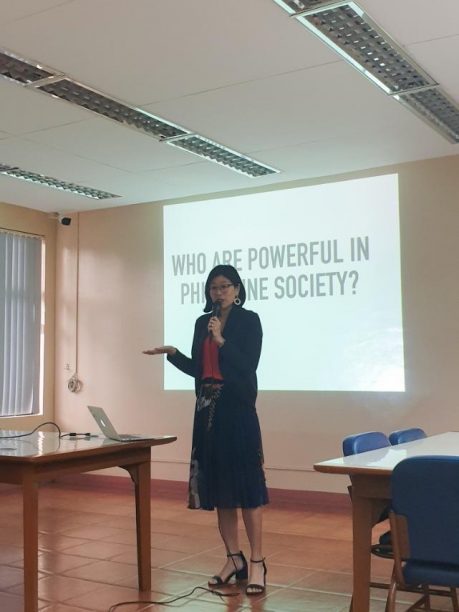 Ines presenting at the graduate school research festival in Ateneo de Manila University last February
Ines presenting at the graduate school research festival in Ateneo de Manila University last February
Ines, who’s an author, and has worked for various magazines, decided to return to her first love—teaching. “I knew that what I wanted to do for the rest of my life was teach. I felt like I was running out of time. When my youngest was finally in school the whole day, I went back to Ateneo to find out if I could finish the master’s degree I had abandoned 10 years ago. Then I went back to school— to teach and to study. It was hard because I hadn’t taught or studied in over ten years. This year, after 22 years, I finally earned my master’s degree.”
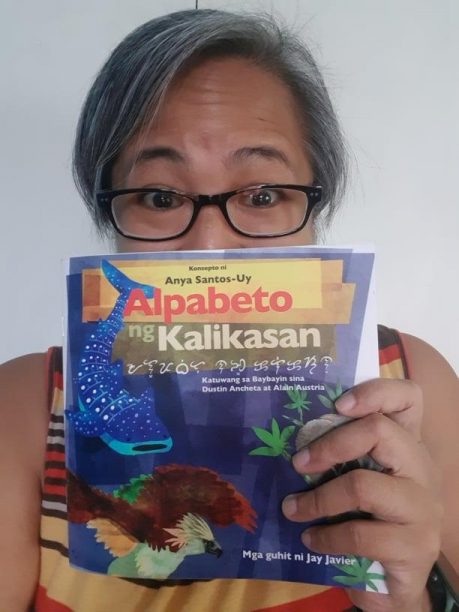 Anya and her first children’s book, Alpabeto ng Kalikasan
Anya and her first children’s book, Alpabeto ng Kalikasan
Anya has started businesses, including serviced offices and a health food store. “These are things I’ve felt strongly about for some time, but never had the time or resources to do. One of them is finally publishing a children’s book called Alpabeto ng Kalikasan. Being an author was not really a goal, but I had been thinking of a way to spread the love for Philippine biodiversity to a greater audience for a few years now, and it’s finally here.”
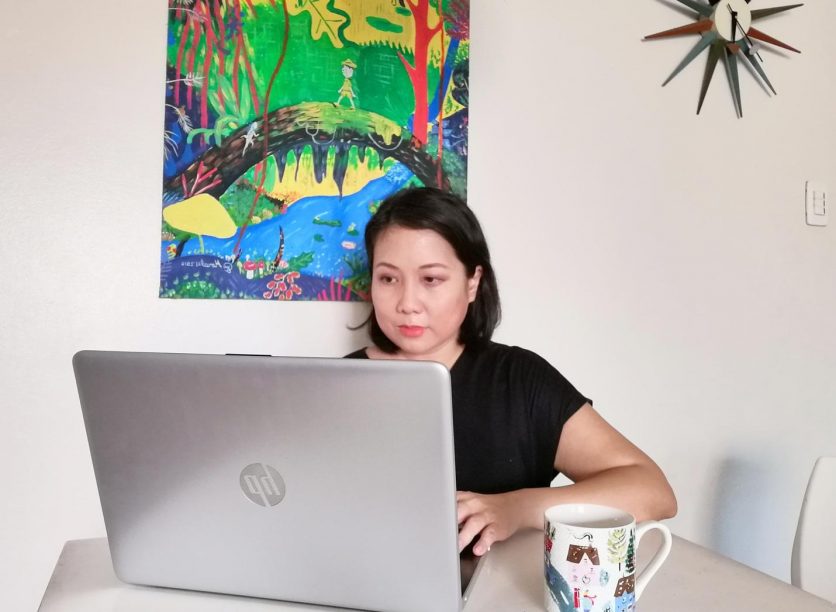 Rachelle cooking up design content in her home office
Rachelle cooking up design content in her home office
Rachelle’s passion for design has gone beyond her former day job. “Not being tied down to an employer suddenly boosted my creativity, since there were no limits anymore as to what I could do.” Currently, she creates content for various design and shelter websites and companies. “In my downtime, I manage the Design and Decorating Enthusiasts Group on Facebook. It’s a group where designers, homeowners, and suppliers can all take in some inspiration, exchange ideas, or get recommendations for whatever design project they have.”
To the forties and beyond
Emotional crisis may hit women in any stage of their lives, but all three women agree that their midlives have been manageable so far. “I think this is more of a turning point wherein you have to decide what else you could do with your life, rather than an actual crisis,” Rachelle says. Ines agrees, “I think instead of a crisis, it should be called midlife awareness. If we are aware of all the changes happening to us, we can deal with them or handle them without freaking out or having our lives turned upside down.”
Just in case, midlife turns into a crisis, Dr. Yao suggests taking some time to reflect. “Take stock of what you have—the good and bad things. Be thankful for the good things, and try to see the cause of your negative emotions. Are these due to bad things happening? That’s the time to be proactive.”
But whatever the storm, Ines has the confidence to weather it. “We’re still young enough, strong enough, and smart enough to do something about it. It’s actually a pretty awesome time because there isn’t anything we have to prove anymore—but if there are things we still do want to prove, we can still go after them. At the same time, we aren’t just backed by ‘potential’ the way we were in our twenties. In your forties, you’re backed by a track record— and that is the most reassuring thing of all.”
Rachelle says that turning forty automatically changed her. “I learned that I could do everything myself, and that the fear of depending on other people to move on was gone.” She adds, “I would never exchange the youth and beauty of the twenties for all the wisdom and experience I’ve gained in my forties.”
Check out:
Rachelle’s design website: www.rachellemedina.com
Ines’s author website: www.inesbautistayao.com
Anya’s blog: https://thenofrillsmama.wordpress.com/

